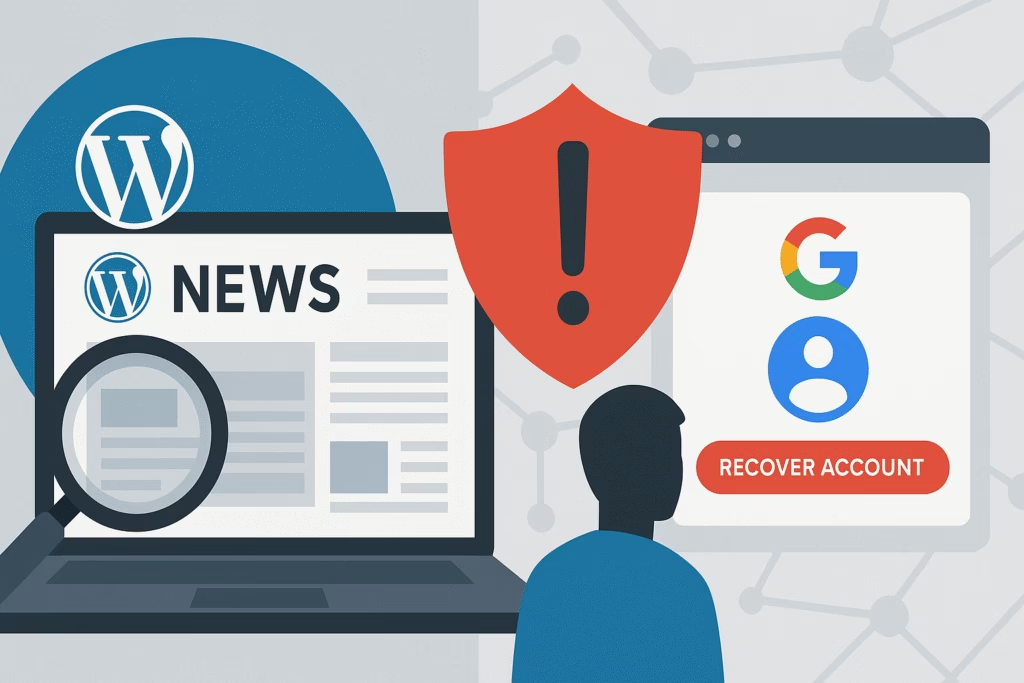
Introduction
Every day, cybercriminals launch millions of phishing attacks, aiming to steal credentials, infiltrate corporate networks, and defraud unsuspecting victims. In 2021 alone, the FBI’s Internet Crime Complaint Center (IC3) received over 300,000 phishing-related complaints, resulting in more than $44 million in reported losses. Whether you’re an individual victim or a security professional, knowing how to report phishing to the FBI is a critical step in initiating a federal investigation and disrupting threat actors.
This article outlines the federal phishing investigation process, explains how to file an FBI phishing report, and offers practical tips for strengthening your defenses—featuring solution insights from PhishDef’s advanced anti-phishing platform.
Understanding Federal Phishing Investigations
Scope of the FBI Cybercrime Division
The FBI’s Cyber Division partners with field offices, international agencies, and private-sector entities to investigate cyber-enabled crimes. Phishing falls under its jurisdiction when it involves:
- Mail fraud or wire fraud schemes
- Business Email Compromise (BEC) resulting in financial loss
- Nation-state or organized cybercrime group operations
These investigations can lead to criminal charges under the Computer Fraud and Abuse Act (CFAA) and other federal statutes.
Legal Framework and Jurisdiction
Key statutes and policies guiding phishing investigations include:
- Computer Fraud and Abuse Act (CFAA) – prohibits unauthorized access to computers and networks.
- Wire Fraud Statute – covers fraudulent schemes executed via electronic communications.
- Digital Millennium Copyright Act (DMCA) – governs takedown of infringing online content, sometimes overlapping with phishing sites.
These laws provide investigators with subpoena and search warrant powers to trace phishing domains, seize assets, and apprehend suspects.
How to Report Phishing to the FBI
Step-by-Step Guide to Filing an FBI Phishing Report
- Gather Evidence
- Screenshot suspicious emails, including headers.
- Save phishing URLs and any downloaded attachments.
- Document any financial losses or unauthorized account activity.
- Visit the IC3 Portal
- Access the FBI Internet Crime Complaint Center (IC3) website.
- Click “File a Complaint” and select “Phishing” as the type.
- Complete the Online Form
- Provide contact information for the victim and any organizations affected.
- Describe the incident, date/time, and method of communication.
- Attach supporting files (screenshots, copies of emails).
- Review and Submit
- Ensure accuracy—misinformation can delay processing.
- Submit the complaint and note the IC3 reference number for follow-up.
- Follow Up
- Contact your local FBI field office with the IC3 number if immediate action is needed.
- Monitor email for requests from IC3 analysts.
FBI’s Internet Crime Complaint Center (IC3)
The IC3 serves as the primary portal for citizens and businesses to report phishing and other internet crimes. Key facts:
- IC3 processed over 800,000 complaints in 2022, including phishing, malware, and BEC.
- Complaints feed into the FBI’s case management system for triage.
- IC3 shares data with partner agencies like the Secret Service, FTC, and international law enforcement.
What Happens After You Report
Triage and Analysis
Once your complaint is submitted:
- IC3 analysts verify the details and categorize the incident by severity.
- Phishing URLs are tested in controlled environments to identify malware or credential-stealing tactics.
- Information is correlated with existing intelligence on known phishing kits and threat actors.
Investigation and Enforcement
After triage:
- Evidence Collection – subpoenas for server logs, domain registration data, and transactional records.
- Undercover Operations – potential use of sting operations to disrupt phishing infrastructures.
- Arrests and Prosecutions – suspects may face charges ranging from fraud to computer hacking.
For instance, in March 2022, the FBI announced the takedown of a global phishing ring responsible for $10 million in BEC losses. Collaboration with international partners led to 15 arrests across three continents.
Practical Tips for Individuals and Businesses
Securing Your Email Infrastructure
Implement these technical controls to reduce phishing risk:
- Enable SPF, DKIM, and DMARC to authenticate outgoing mail.
- Use email security gateways with real-time URL and attachment sandboxing.
- Deploy anti-phishing solutions like PhishDef to automatically detect and quarantine suspicious messages.
- Maintain an up-to-date inventory of critical domains and monitor for look-alike registrations.
Employee Training and Awareness
Human users remain the most targeted link in the security chain. Effective programs include:
- Regular phishing simulations with varying difficulty levels.
- Interactive micro-training modules on recognizing spear-phishing and social engineering.
- Clear incident-response procedures for reporting suspicious emails to IT or security teams.
- Gamification and reward systems to reinforce positive behavior.
Real-World Examples and Case Studies
Case Study: Financial Services Firm
A mid-sized bank suffered a BEC attack that tricked employees into wiring $500,000 to an offshore account. After filing an IC3 complaint, the FBI coordinated with local authorities in Eastern Europe to freeze assets. Within six weeks, 80% of the funds were recovered, and two suspects were indicted under the CFAA.
Case Study: Healthcare Provider
A hospital network faced a phishing campaign delivering ransomware payloads. By integrating PhishDef’s AI-driven email filtering, the provider blocked 97% of malicious messages before delivery. When three staff members still reported suspicious emails, the organization filed an IC3 complaint, triggering an investigation that dismantled the ransomware distribution server.
Key Takeaways
- Reporting phishing to the FBI quickly increases the chance of disrupting criminal operations.
- The IC3 portal is your primary channel for federal phishing reporting.
- Technical controls (SPF/DKIM/DMARC, email gateways) and human training are crucial defenses.
- Partnering with tools like PhishDef strengthens detection and incident-response capabilities.
- Real-world prosecutions demonstrate the FBI’s ability to recover funds and bring perpetrators to justice.
Call to Action
If your organization is ready to enhance phishing defenses and streamline incident reporting, explore PhishDef’s comprehensive anti-phishing platform. Visit PhishDef today to request a demo and ensure you’re prepared to stop the next phishing attack in its tracks.


